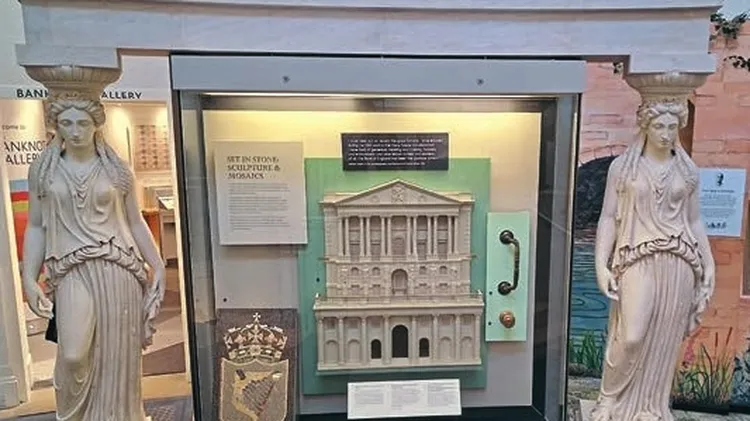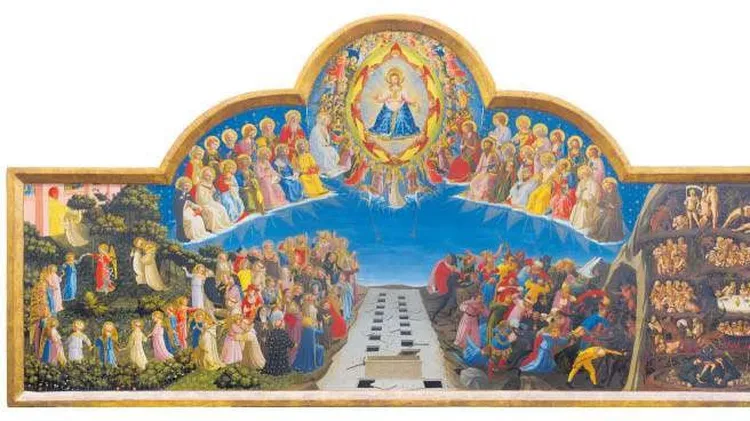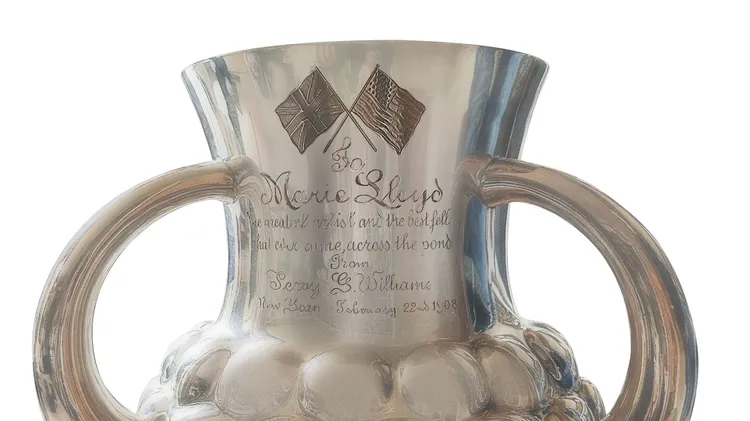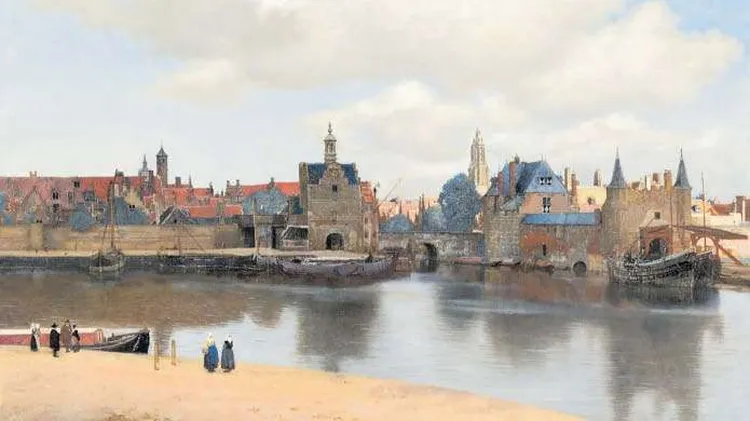Sometimes seen as an eccentric figure – or a lone genius – William Blake’
Missionary man
5 min read
This article is from...
Read this article and 8000+ more magazines and newspapers on Readly






